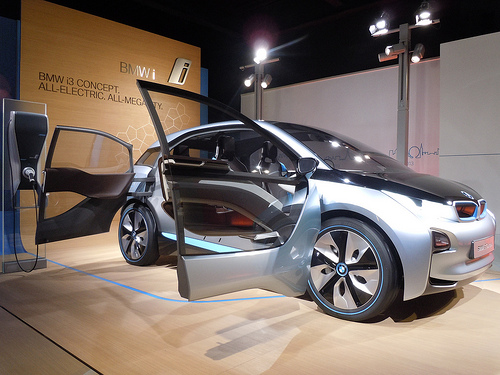Follow the “Technology” link from the homepage of one of the nation’s major automakers, and a headline proclaims that the company’s technology is “revolutionizing” the way we interact with our vehicles.
Maybe. But if so, it’s really a slow-motion revolution.

Experts say the technology we enjoy in our cars is about four years behind general consumer technology. For example, if you have a smartphone, you probably can’t go a day without being prompted to “update” one or more apps.
Update All?
When was the last time you updated any of the software in your car? To carry this further and paint an even bleaker picture, currently, the average age of a vehicle on U.S. roads from Aspen, Colorado to Zip City, Alabama is over 10 years. Add in the four-year lag in technology, and that tells us that our fleet of cars is running on hardware and software that was “new” more than 14 years ago.
Ironically, our cars are probably filled with more “computers” than any other item we own. Your vehicle may have as many as 100 microprocessors designed to keep to you on the freeway. So why the major lag in technology? There are several reasons. Let’s look at the biggest factors.
From Concept to Showroom Floor
If you’ve been following the auto industry, even casually, or occasionally drop in on any of the major auto shows, you’ll know that there is significant lead time required to take a “concept” car and translate it into a consumer model.
Industry professionals will tell you that the product-development cycle among automobile manufacturers can easily be as long as five to seven years. Cars are a difficult product to design and manufacture. They have a lot moving parts, and I don’t mean that only in the literal sense. The network of designers, suppliers and assemblers stretches around the globe as does the web of regulatory requirements.
While innovators such as Samsung seem to introduce a new smartphone every other week, car makers are hard pressed to make significant changes from one “model year” to the next. Sometimes it takes a highly trained eye to discern the difference between a 2011 and 2012 Ford.
Further, while electronics manufacturers have figured out how to make upgrading easy, this level of user friendliness has yet to hit the auto industry. When Ford released an update for its “MyFord Touch” system, it required the use of a separate flash drive, a 60-minute download, complicated instructions and a brand new user guide.
Auto Software Clinics?
Imagine if you had to jump through that many hoops to update Google Maps. Perhaps one day someone will open auto clinics that specialize in updating vehicle software. Maybe the day is near that you will be able to take your ride to the local auto clinic so that they can plug it into their diagnostic machine and check for software updates at the same time.
It’s possible we’re being a little too hard on the automakers here. We’re measuring their products against the world’s most competitive electronic consumer items, and that’s probably unfair. Even though the technology in our cars isn’t cutting edge, it’s very reliable through demanding conditions and has enabled our vehicles to get much better gas mileage and reduce emissions without sacrificing power. We can keep the air cleaner in places known for their scenic beauty, such as the aforementioned Aspen.
There’s a lot to be said for that.
Featured images:
License: Creative Commons
image source
License: Creative Commons image source
License: Creative Commons image source
License: Creative Commons image source
Carrie Thompson works with Aspen Auto Clinic, assisting those in need of troubleshooting their high and low tech cars by getting them in touch with specialists who can help them with their transportation glitches.

